Lyonia lucida, the fetterbush lyonia, was blooming away in Wekiva Springs State Park. Their flowers can be white, pink, or red. This is an evergreen shrub and reproduces both by rhizome or by seed. If the soil is very poor, it will reproduce only by rhizome. They like acidic, damp soil and can be found in swamps, wet savannas, and saw palmetto prairie habitat. The white one was seen in a hardwood swamp and the pink one was seen in a damp, saw palmetto prairie.
Balsam Apple
Also known as balsam pear, bitter melon, bitter gourd, or bitter squash, Momordica charantia is a Category 2 invasive plant species in Florida. People have used this plant for medicinal purposes and this has contributed to its spread. The bright red seeds are attractive to birds, who then spread this vine outside of cultivation. The red seeds can be toxic, especially to children.
This is a common invasive plant in Florida. You will often see it showing up along your fence lines. As of 2017, it was still considered a Category 2 invasive. Let’s all do our part to stem the spread of this invasive, non-native vine in our beautiful state.
Blue-Eyed Grass
Blue-Eyed Grass (Sisyrinchium angustifolium) is a common flower throughout the U. S. and is found in most counties in Florida. This little wildflower is also used for landscaping. It prefers damp conditions near wetlands. The roots were used by Indigenous people for tea and to help soothe an upset stomach. These little flowers should be appearing as we enter the spring months.
Florida False Sunflower
Florida False Sunflower, Phoebanthus grandiflorus. This is a Florida endemic species occurring in the central part of the state. It blooms in June and July and occupies sunny, well-drained areas. This individual was photographed in Wekiva Springs State Park this week in a beautiful longleaf pine and wiregrass ecosystem.
Britton’s Beargrass
Britton’s Beargrass.
Scientific name – Nolina brittoniana
Britton’s Beargrass is found in central Florida counties including Marion, Lake, Orange, Osceola, and Polk.
It is a perennial herb with long, stiff leaves and a bulbous stem rising out a grass like a clump. They can grow 3-6 feet tall with a large cluster of small white flowers.
The plant loves scrub, sandhill, flatwoods, and xeric hammock areas.
90% of Beargrass has been destroyed by agriculture including orange groves, and development.
This plant is not difficult to propagate because the plants bear abundant seeds which are easily germinated. Some native plant nurseries are producing this species for sale.
If you would like to help this endangered species, search out a Florida native nursery and purchase a few plants for your yard. Let’s bring Britton’s Beargrass back to its grandeur.
American Beautyberry
The American Beautyberry, Callicarpa americana, produces beautiful, showy berries in fall. The plant can be found throughout the southeastern United States. Usually, the beautyberry grows to 3 to 5 feet tall but can occasionally be found up to 9 feet tall under the best conditions.
They produce small, white to pink clusters of flowers and the base of the leaves in summer.
The berries are an important food source for a wide variety of wildlife such as bobwhite quails, mockingbirds, robins, towhees, and brown thrashers. Other animals that rely on the long-lasting berries include armadillos, raccoons, wood rats, gray foxes, opossums, and white-tailed deer. Black bears are known to feed on the leaves of this plant as well.
Go out and enjoy all Florida has to offer. And don’t forget to stop and appreciate the nature around you!
Florida Torreya
The Florida Torreya, Torreya taxifolia, is one of the rarest trees in the world. Living only in Gadsden and Liberty counties in Florida, the Florida Torreya is also one of the longest living trees.
Once numbering over 600,000 during the early 1800s, their popularity as fence posts, shingles, river boat fuel, and Christmas trees reduced the number down to a mere 200 individuals. Because of its extreme rarity, there is a major effort underway to save this species of tree. The Florida Park service along with the Atlanta Botanical Gardens, are taking seeds from individuals growing in Torreya State Park and growing new trees that are being replanted inside Torreya State Park to help increase their numbers.
Despite their low numbers, it is quite easy to see this tree for yourself. Torreya State Park has a nice planting of these trees along their brick walkway leading to the Historic Gregory House. there are also trees planted along the nature trails in the park. The park is also a wonderful place to spend time hiking. When there, you may forget you are in Florida. The ecosystems there are unlike most of what you’ll see in Florida and the hiking is amazing!

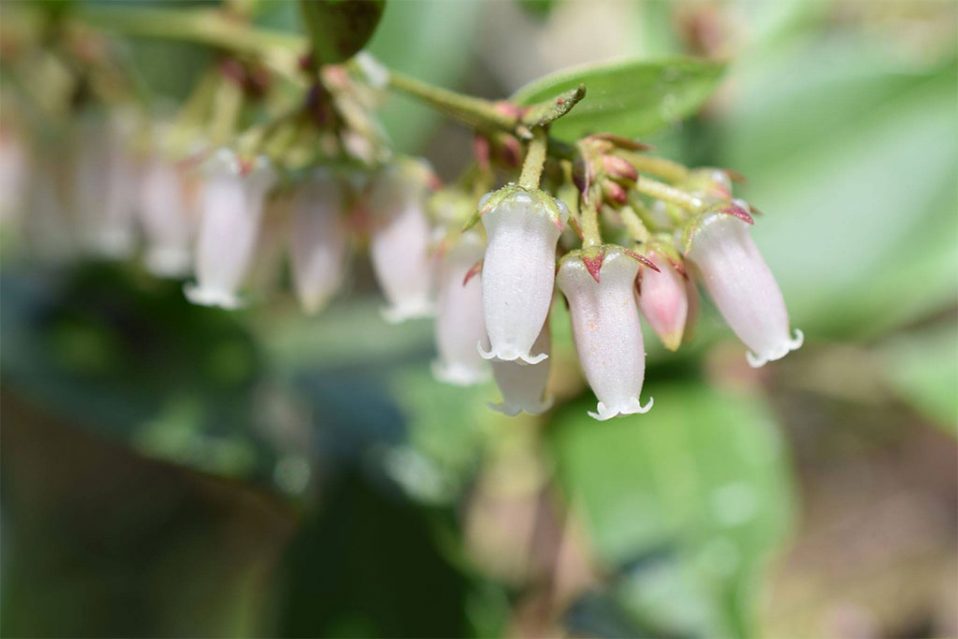
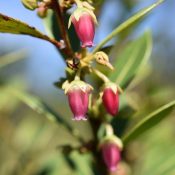
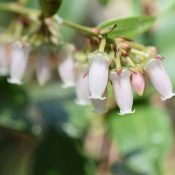
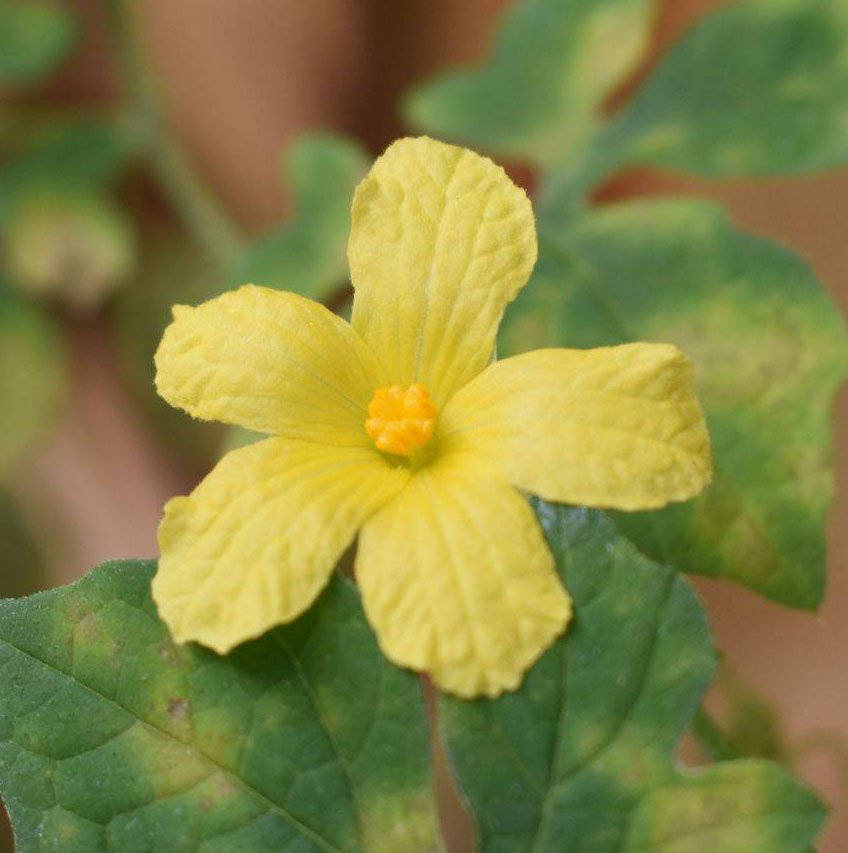
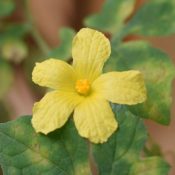
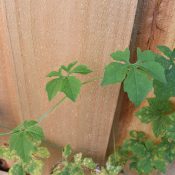
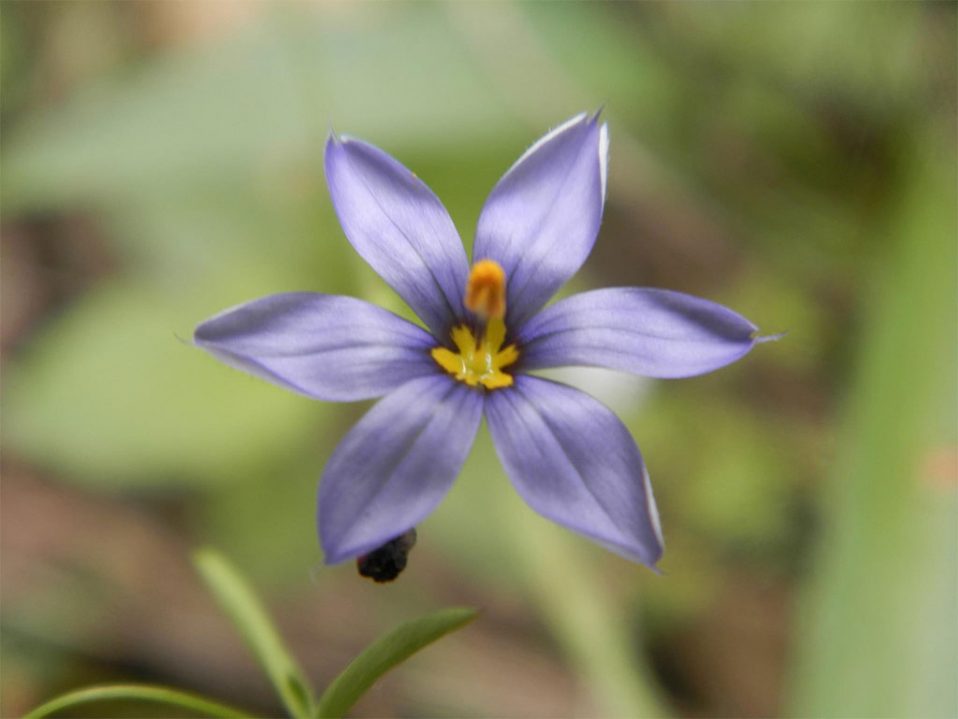
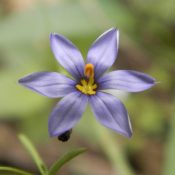
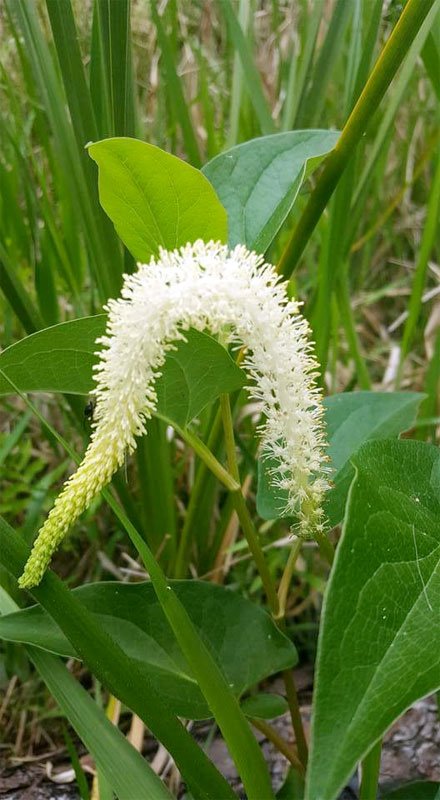
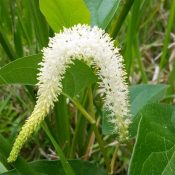
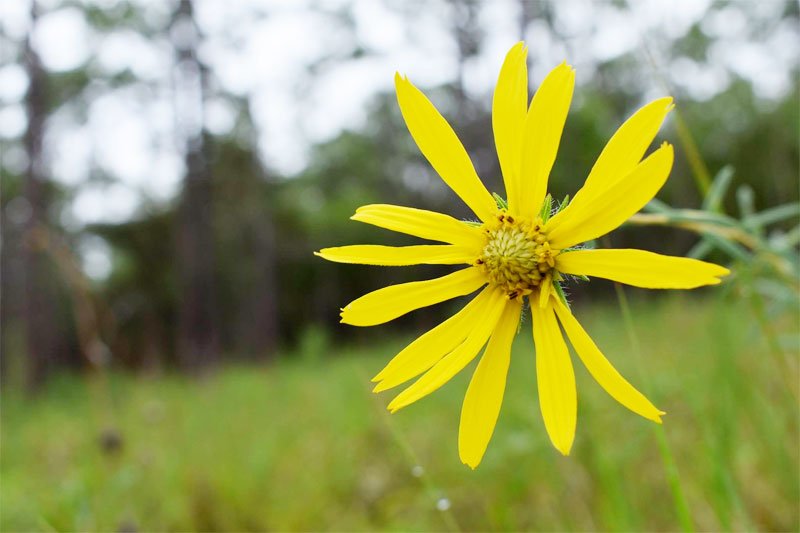
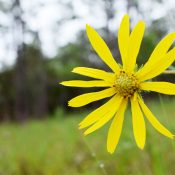


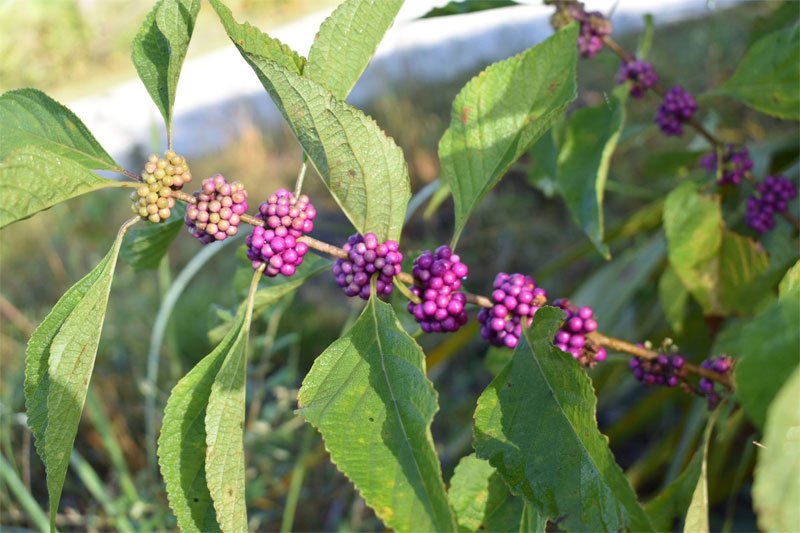
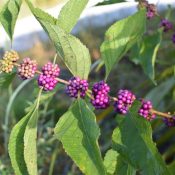
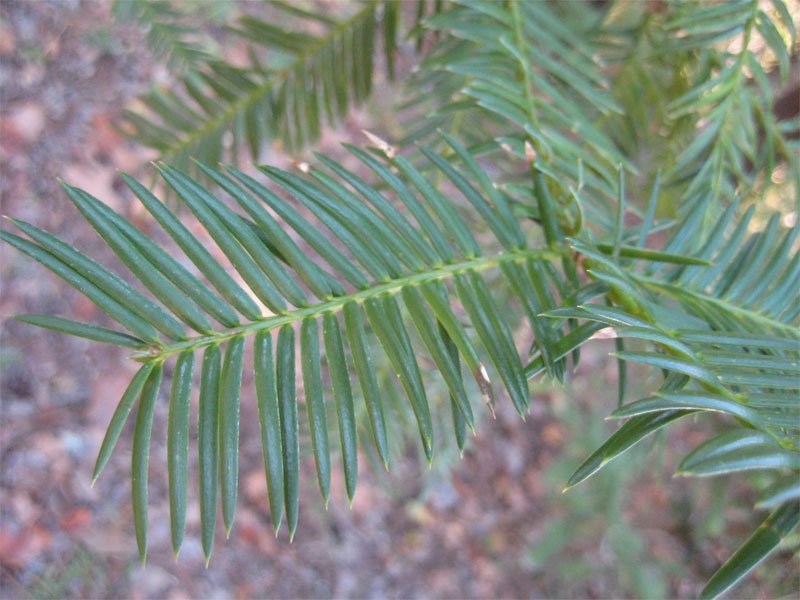

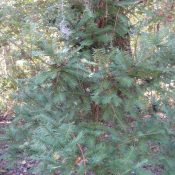
Recent Comments